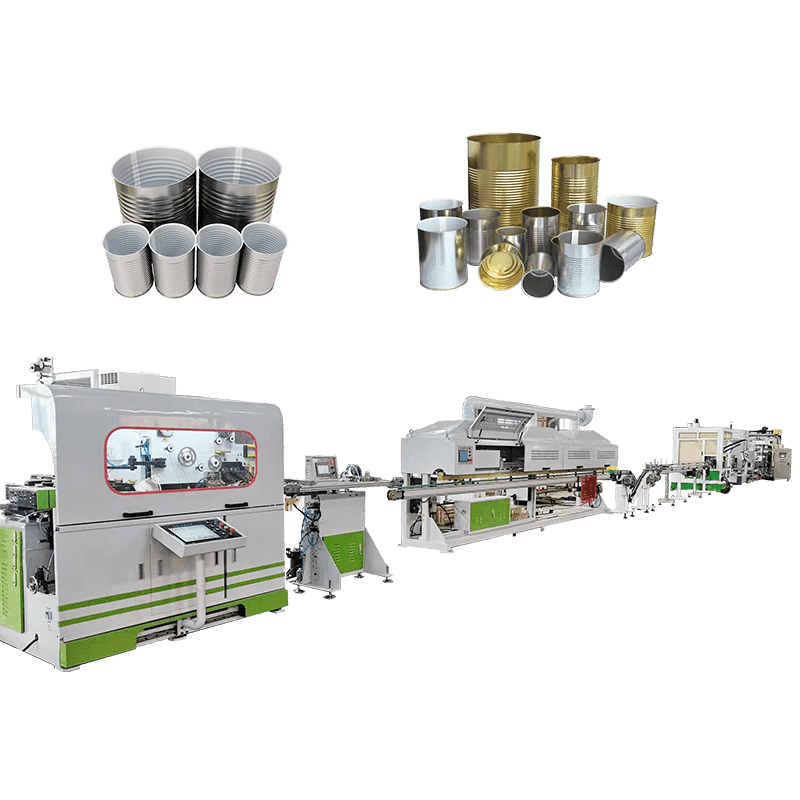In the production process of chemical tanks and barrels, coating treatment is a crucial link. It can improve the appearance of the tank body, and also provide the necessary anti-corrosion and protection functions to ensure the safety and durability of the container when storing and transporting chemicals.
1. Spray coating
Spraying is one of the most commonly used coating treatment methods in chemical tank production. Through professional spraying equipment, the liquid coating is evenly sprayed on the inner and outer surfaces of the tank body. Spray coating usually has the following characteristics.
Uniformity: Spraying equipment can ensure the uniform distribution of the coating to avoid missing or over-coating.
Fast drying: Modern spraying equipment is usually equipped with a drying system that can quickly dry the coating and improve production efficiency.
Diversity: Different types of coatings can be selected, such as epoxy resin, polyurethane, etc., to meet different chemical storage needs.
2. Dip coating treatment
Dip coating is a method of coating by completely immersing the tank body in the coating. This method is particularly suitable for tanks that require high corrosion resistance. The advantages of dip coating include.
Full coverage: Dipping ensures that the coating covers every corner of the tank, including the inner wall that is difficult to spray.
Thick coating: Dipping can form a thicker coating, which provides stronger protection and is suitable for tanks storing highly corrosive chemicals.
Reduced costs: Compared with spraying, dipping can reduce the amount of paint used in some cases, thereby reducing production costs.
3. Electrophoretic coating
Electrophoretic coating is an efficient and environmentally friendly coating treatment method that uses an electric field to adsorb paint particles to the surface of the tank. The characteristics of this method are as follows.
Good adhesion: The electrophoretic coating has a strong adhesion to the substrate and can effectively resist the erosion of chemicals.
Uniform thickness: Due to the effect of the electric field, the coating thickness can be kept consistent, ensuring that each tank has the same protective performance.
Environmental protection: The water-based paint used in the electrophoretic coating process reduces the emission of volatile organic compounds (VOCs) and meets modern environmental standards.
4. Powder coating
Powder coating is a treatment method in which the paint is sprayed onto the surface of the tank in powder form, and then cured by heating to form a hard coating.
High wear resistance: Powder coating has good wear resistance and can effectively resist mechanical damage.
Environmental protection characteristics: Powder coating does not contain solvents, which reduces pollution to the environment and is an environmentally friendly coating method.
Diversity: Powder coating can choose different colors and effects according to needs to enhance the appearance of the product.
5. Coating quality inspection
No matter what coating treatment method is used, the quality inspection of the coating is crucial.
Adhesion test: Use special tools to detect the adhesion of the coating to the substrate to ensure that the coating is not easy to peel off.
Corrosion resistance test: Place the coating sample in a corrosive environment and observe its corrosion resistance to evaluate the effectiveness of the coating.
Appearance inspection: Check the uniformity, color and gloss of the coating to ensure that the product appearance meets the standards.
In the CHEMICAL TIN CAN/PAIL MAKING MACHINES & PRODUCTION LINE, coating treatment is an important part of improving the performance and appearance of the tank. Different coating methods have their own advantages and disadvantages, and companies can choose the appropriate treatment method according to specific needs. Strict quality inspection ensures the safety and reliability of each tank when storing and transporting chemicals. Through continuous innovation and improvement of coating technology, the production of chemical tanks will be more efficient and environmentally friendly, contributing to the sustainable development of various industries.

 English
English عربى
عربى русский
русский




